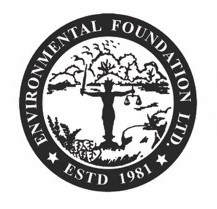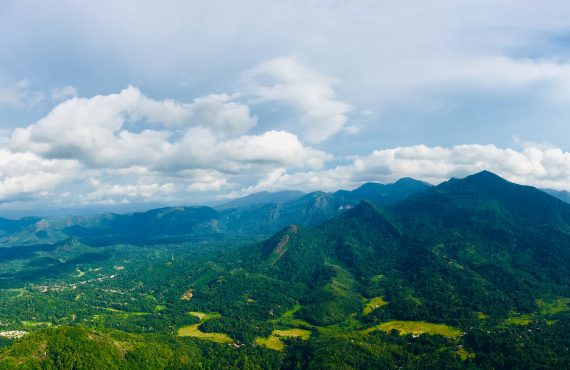The Hakgala Strict Nature Reserve is nestled in the Central Highlands, covering 1142ha of land in both the Nuwara Eliya and Badulla districts. The upper montane rainforests of the reserve are rich in biodiversity, with 40% of woody plants being endemic. These pygmy forests house endemic species such as the highland grey slender lorris and purple-faced langur, as well as Sri Lanka’s apex predator, the Sri Lankan leopard. This protected area is also a catchment for the Uma Oya, which is a significant tributary of the Mahaweli River. Recognizing its immense ecological value, the area was afforded the highest level of protection under the Fauna and Flora Protection Ordinance, and declared as a Strict Nature Reserve in 1938.
Unfortunately, this high level of protection has failed to protect this area from a continuous onslaught of encroachment, from the state-owned Ambewala cattle farm in 1944 to small-scale land grabbing in the 1970s. As much as 16% of this strict nature reserve has been encroached, despite entry into a strict nature reserve being a violation of the FFPO.
EFL filed a petition in the court of Appeal (CA 431/88) in 1988 against the Director General of the DWC and the Secretary of the Ministry of State, requesting the court to issue a Writ of Mandamus on the Director General of DWC to enforce the provisions of the FFPO within the boundaries of the HSNR. EFL also requested the DWC to take steps to prosecute and evict all encroachers living within boundaries. Despite a favourable court ruling, the DWC failed to evict and prosecute encroachers, and further settlements within the protected area boundaries proliferated. In 2006 EFL filed a similar action in the Court of Appeal against seven state respondents; and as a result of that, settlements were made by the relevant state institutions. Observing the failure of the DWC to evict and prosecute encroaches, EFL requested to reopen the Court of Appeal case in 2011, following which, Ambewela farm and a group of encroachers with permits were allowed to enter the case as respondents.
EFL reports last month confirmed that encroachment was still underway within the Hakgala Strict Nature Reserve, in the Grama Sevaka Divisions of Silmiyapura, Meepilimana, Gorandihela, Ambewela, Hulankapolla and Alakolagala. Protected areas were now converted to cropland, from orchards of pears and peaches to vegetable farms that cultivate potatoes, cabbage and onions. These farms rely on heavy applications of agrochemicals which threaten floral diversity and could pollute water of the Uma Oya. The presence of newly constructed houses complete with electricity lines as well as semi-constructed buildings indicates that these settlements are intended to be permanent and long term and is proof that previous attempts by DWC to halt this practice have been a complete failure.








No comments yet.